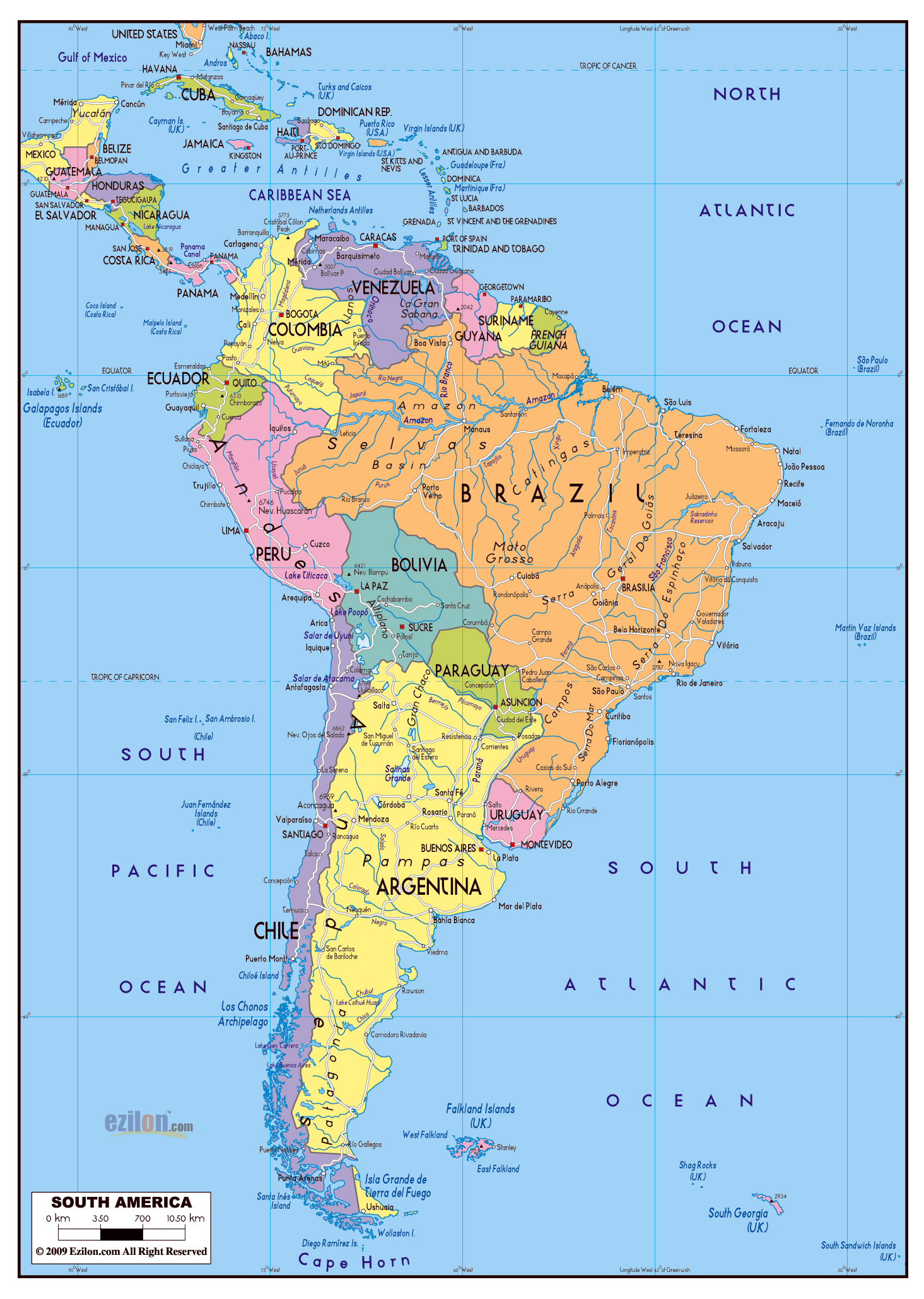South American Metropolises
Buenos Aires and Bogota are two of the largest and most influential cities in South America. Both capitals have developed into financial, commercial and cultural hubs for their respective countries of Argentina and Colombia over the past century. While they share many similarities as modern metropolitan areas, there are also notable differences shaped by geography, history and local culture.
Contrasting landscapes and climates of Buenos Aires and Bogota
Buenos Aires is located along the Rio de la Plata estuary near the Atlantic coast of Argentina. As a coastal city, Buenos Aires enjoys a temperate climate with warm, humid summers and mild winters. In contrast, the city of Bogota sits at a much higher altitude of 2,600 meters in the Andean mountain range of Colombia. This elevation results in Bogota experiencing noticeably cooler average temperatures year-round compared to lowland Buenos Aires. Winters in Bogota can be quite cold, sometimes requiring locals and visitors to bundle up. The differing landscapes and climates naturally influence aspects of life and culture in the two capitals.

Contrasting Cultures and Histories
Cultural diversity in Colombia versus European influences in Argentina
Colombia’s culture shows more influence from indigenous groups and Africans brought over as slaves, giving Bogota a more diverse cultural makeup. Argentina received heavier European immigration in the late 19th and early 20th centuries, particularly from Italy and Spain. This left Buenos Aires with a stronger European cultural imprint visible in its architecture, cuisine and lifestyle. While both cities celebrate their multinational heritages today, Bogota retains a perceptibly more ethnically mixed identity compared to the historically more European-influenced Buenos Aires.
Effects of war and economic turmoil on Colombian and Argentine societies
For much of the 20th century, Colombia struggled with prolonged civil conflicts and armed drug cartel violence, which strained Bogota and the nation as a whole both economically and socially. By comparison, Argentina experienced greater stability during the early-to-mid 1900s. However, in more recent decades Argentina has faced recurrent financial crises, hyperinflation episodes and economic depressions causing significant hardship. These contrasting histories of domestic turmoil versus relative peace have no doubt shaped the social and political atmospheres found in Bogota and Buenos Aires respectively in the modern-day.
Vibrant Urban Cultures
Rich gastronomic scenes in the capitals
Both cities proudly showcase their regional cuisines, with Buenos Aires famous for beef dishes like parrillada and steaks, and Bogota known for hearty soups and stews like ajiaco. Contemporary restaurant scenes in the two capitals have also blossomed, combining local specialties with international influences. Foodies will find an abundant choice of innovative and traditional dishes representing diverse cultural influences in either metropolis’ restaurants and markets.
Passion for local football and other sports
Football or soccer is undoubtedly king of sports in Argentina and Colombia, and fervent support of local clubs like River Plate, Boca Juniors, Millonarios and Santa Fe defines much of the sporting cultures in Buenos Aires and Bogota respectively. However, other sports have grown popularity as well - tennis in Buenos Aires and cycling in mountainous Bogota. Major sporting events continue to be a focal point for civic pride and social gatherings in both city’s lively urban environments.
Thriving arts scenes and nightlife
From tango to rock music, Buenos Aires has inspired artistic excellence reflecting its cosmopolitan heritage. Similarly, genres like salsa emerged from Bogota’s multicultural mix. Both cities host world-class theaters, concerts and museums throughout the year. Vibrant nightlife districts like Palermo and Zona Rosa attract revelers with dynamic bars, clubs and street festivals deep into the night. Culture aficionados will find ample stimulation and entertainment in either metropolis.
Economic Performances and Prospects
Argentina’s economic turbulence versus Colombia’s growth
After decades of dominance as one of South America’s most prosperous nations, Argentina has seen cyclical financial crises erode prosperity since the late 20th century. In contrast, Colombia achieved steady economic expansion after emerging from conflict in the 2000s, aided by growing industries like energy and technology. As of 2022, Bogota shows better short-term prospects than recession-weary Buenos Aires for increased foreign investment and business opportunities.
Costs of living and real estate in the capitals
Housing and general costs of living prove significantly higher in Buenos Aires than most Argentine cities due to strong demand for prime riverside real estate. On the other hand, property in central Bogota represents reasonable value compared to other world capitals. Though incomes also tend to be lower, prudent spenders may find Bogota offers better overall affordability than Argentina’s increasingly expensive main urban hub.
Outlook for continued growth and global integration
If political and economic reforms can take hold, analysts predict Argentina may regain momentum in the coming years, restoring Buenos Aires’ former glory. Bogota too faces challenges around inequality and security that could hamper progress. However, as regional ties strengthen through trade blocs like the Pacific Alliance, both cities seem poised to strengthen their roles as centers of business and culture connecting South America to the world stage.
Comparisons and Contrasts
Buenos Aires and Bogota demonstrate how geography, history and local identities shape two major South American cities in subtly different ways. While each retains a unique character, they both strive as hubs of commerce, culture, sports and nightlife within their nations and regions. Despite economic ups and downs, these metropolitan areas stand to gain from continuing globalization and integration. Visitors will find both rewarding destinations reflecting the vibrant diversity of South American life in their own right. Ultimately, each merits exploration to appreciate their contrasting yet complimentary qualities within the fabric of cities across the Southern Hemisphere.

:max_bytes(150000):strip_icc()/GettyImages-997757812-5b8f6cc646e0fb00254374d6.jpg) Traveling to Lagos, Nigeria as a Solo Western Traveler
Traveling to Lagos, Nigeria as a Solo Western Traveler